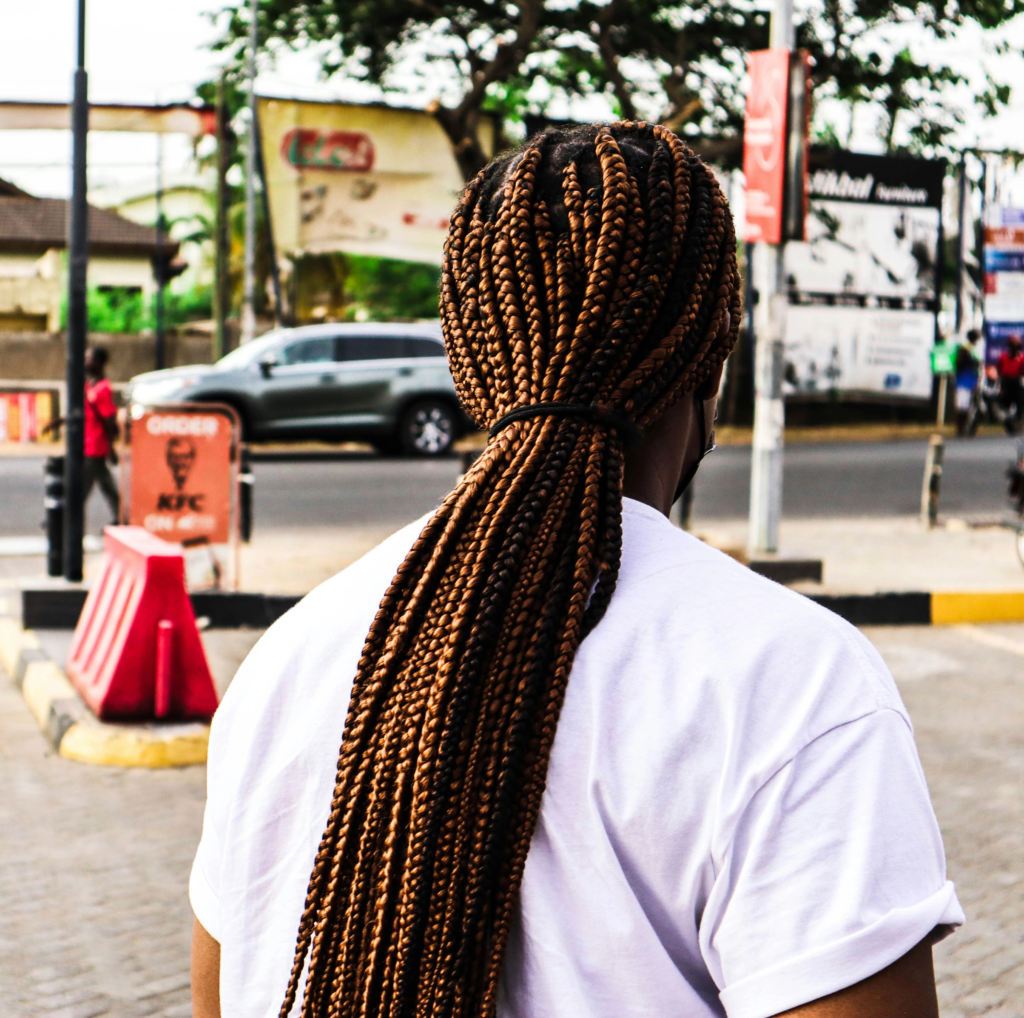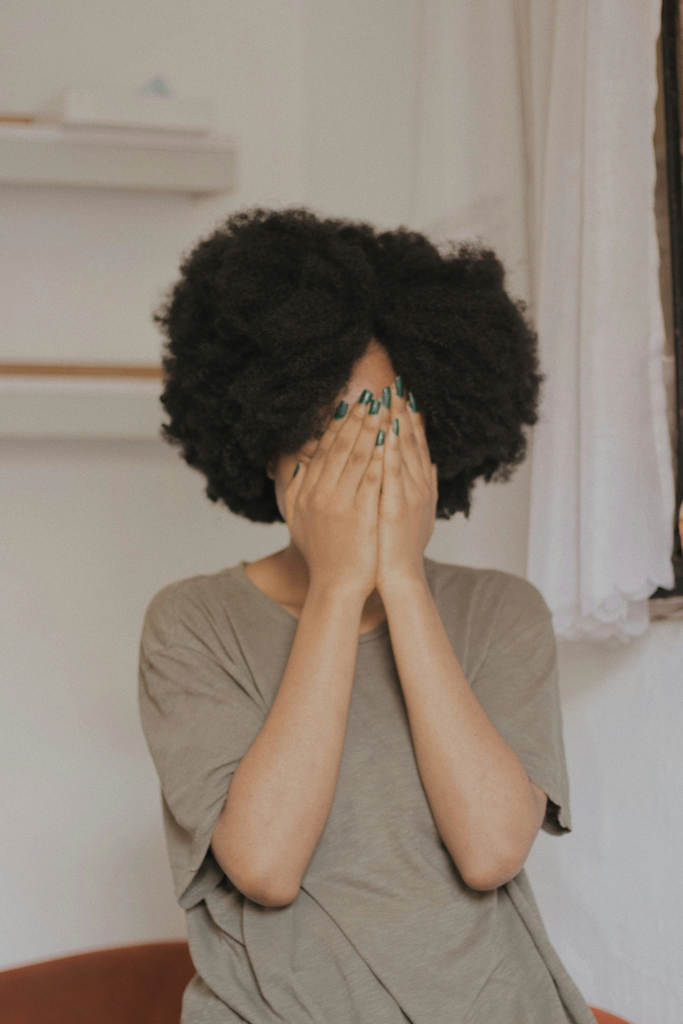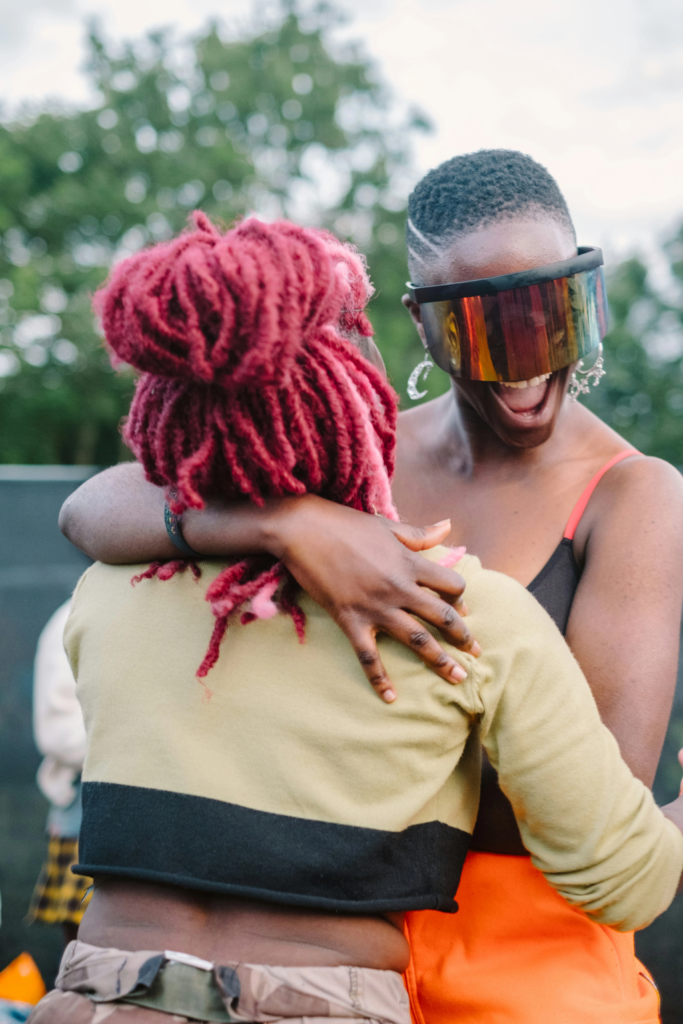La African hair fashion is a true celebration of the culture, history and individuality of African communities. Much more than a simple beauty accessory, it embodies deep and varied traditions, while being resolutely in tune with contemporary trends. Africa Fashion Tourour African fashion media, explores and highlights the diversity of African hairstyles, revealing their unique stories, full of symbolism and culture.
African braids: an ancestral art in perpetual reinvention
The African braids are an essential part of African hairstyling. These hairstyles, with their thousand-year-old history, are not only aesthetically pleasing but also practical, helping to preserve and protect the hair. natural hair. Among the most popular styles are the box braidsthe cornrows and locsoften embellished with pearls or shells for a personalized touch.
The braids can be made in a multitude of ways, offering a multitude of choices for expressing personal style. Box braids, for example, consist of thick individual braids which can fall freely or be tied in a variety of ways. Cornrows, meanwhile, stand out for their intricate designs traced close to the scalp, creating unique, artistic patterns.
Box braids: a symbol of strength and freedom
The box braids have enjoyed a veritable revival in the world of contemporary fashion. This style is particularly appreciated for its versatility and easy maintenance. Made with synthetic or natural strands, these braids protect the hair while giving free rein to every stylistic fantasy.
A symbol of strength and freedom, box braids can be worn long or short, colored or natural. They also provide an ideal base for more elaborate hairstyles such as chignons, half-tails or high ponytails. Their growing popularity beyond African borders testifies to their universal cultural impact.
Cornrows: tradition and modernity
The cornrowsor glued braids, combine tradition and modernity. This ancestral hairstyle requires skill and precision, as each strand is carefully traced to form geometric or organic patterns on the scalp. The creative possibilities are endless, from classic parallel rows to more daring and innovative designs.
Traditionally worn by both men and women, cornrows have adapted to today’s tastes while retaining their deep cultural significance. Today, we’re seeing the emergence of modern variations incorporating touches of color, accessories like hair rings, and even temporary hair tattoos to accentuate the design.
Natural hair and nappy style: celebrating natural texture
The nappy nappymovement, which advocates a return to natural hairhas gained considerable momentum in recent years. This trend, born of a desire to reclaim their identity, encourages women and men to embrace their own identity. natural hair texturewithout the use of chemical straightening products.
Adopting the nappy style is above all an act of resistance against Eurocentric beauty standards. It means getting to know your hair, discovering how to care for it on a daily basis, and above all, loving it as it is. Hairstyles in this style are many and varied, from voluminous afros to twists out to bantu knots.
Bantu knots: harmony and elegance
The bantu knots are a traditional African hairstyle that combines aesthetics with hair protection. These small, knot-shaped headdresses are created by twisting sections of hair into well-defined spirals. They can be worn as they are, offering a sophisticated look, or untangled to create voluminous, bouncy curls.
This hairstyle has the advantage of being suitable for all hair lengths and adaptable to different clothing styles. Whether for a special occasion or stylish everyday wear, bantu knots remain a top choice. They reflect a perfect harmony between tradition and innovation, positioning this style as a staple of African hair fashion.
The twist out: simplicity and definition
Twisting out is a popular technique among nappy stylists. It involves twisting the hair when it’s damp and untwisting it when it’s dry, creating defined, natural curls. Simple to achieve at home, this style highlights the unique texture of Afro hair without the need for heat or harsh products.
The success of the twist out lies in its ability to offer volume and definition while remaining natural. It also makes it possible to vary looks as desired, by adding accessories or playing with volume. Good moisturizing and regular hair maintenance are essential to guarantee optimal, long-lasting results.
Bridal hairstyles: splendor and refinement for the big day
The African bridal hairstyles occupy a special place in African hairstyling. These carefully crafted hairstyles highlight the beauty and elegance of brides, while respecting the rites and customs specific to each culture. Among the most popular styles are elaborate chignons, jeweled braids and traditional hair accessories such as wooden combs and embroidered scarves.
Creating a bridal hairstyle requires careful planning and a great deal of expertise on the part of specialized hairdressers. Every detail counts, from the choice of ornaments to the application of hair care products. The aim is to sublimate the bride, so that her hairstyle is in perfect harmony with her outfit and the theme of the ceremony.
Chignons and accessories: the art of detail
African bridal chignons are distinguished by their complexity and sophistication. Often composed of several braided or twisted parts, they can be embellished with fresh flowers, sparkling pearls or delicate lace. These structured hairstyles create a majestic look that enhances the bride’s silhouette.
Accessories play a crucial role in this type of hairstyle. In addition to classic veils and tiaras, brides are increasingly opting for contemporary ornaments such as finely engraved metal headbands or decorative pins. Each element chosen contributes to personalizing the hairstyle and making it unforgettable.
Bridal braids: ethnic elegance
Bridal braids, elegant and timeless, are a staple of African wedding hairstyles. They are equally suited to sophisticated chignons or free-flowing, cascading styles. The addition of golden threads, shells or rhinestones accentuates the ethereal, festive character of the hairstyle.
Traditionally, braids represent fertility and prosperity, important symbols at the heart of nuptial ceremonies. Opting for braids at your wedding is therefore both a tribute to ancestors and a promise for the future. By combining ancestral techniques with modern touches, today’s brides are following a versatile and meaningful trend.
Locs: a strong, authentic identity
The locsDreadlocks are an integral part of African fashion. Representing identity and spirituality, they have been adopted for centuries by various African and diasporic cultures. Whether thin or thick, locs exude a power and authenticity that attracts many followers.
Maintaining locs requires patience and dedication, but the results are well worth the effort. Over time, they become a true mirror of the soul, inscribing each stage of life in their evolution. Visualized as a symbol of rebellion and a mark of wisdom, this hairstyle nourishes a direct link with cultural roots.
African hairstyles are both vast and rich in diversity. From the simplicity of natural styles to the most sophisticated hairstyles, each style enriches and celebrates the cultural heritage that will inspire future generations.
Protective hairstyles inspired by African traditions
In the continuity of African women’s hairstyleit is essential to promote protective hairstyles which have their roots in ancestral methods that have been little mentioned until now. They include the KardounThis ribbon, used in Algeria, smoothes hair naturally while protecting it. Wrapped around a plated ponytailThe ribbon keeps the hair smooth and moisturized, while limiting breakage. traditional African hairstyle by influencers and brands like ASOS.
At the same time vanillatwists with two strands, an alternative to the traditional traditional braid and dreadlocks They structure the hair fiber, prevent tangles and promote healthy growth. This adaptable style, which gradually evolves towards locsis particularly popular with women who want a low-maintenance, natural look, in keeping with African hairstyles. African hair fashion fashion.
These protective hairstyles respond to a strong requirement: to combine aesthetic and hair healthand cultural transmission. By highlighting these practices, the page enriches its focus on african hairstyle by extending the range beyond the classic cornrows and braids, to include rarer but equally emblematic methods. The use of Kardoun and vanilla also offers an educational opportunity: to explain how these techniques respect the hair’s nature, reduce mechanical or thermal aggression, and bear witness to ancestral African know-how.



